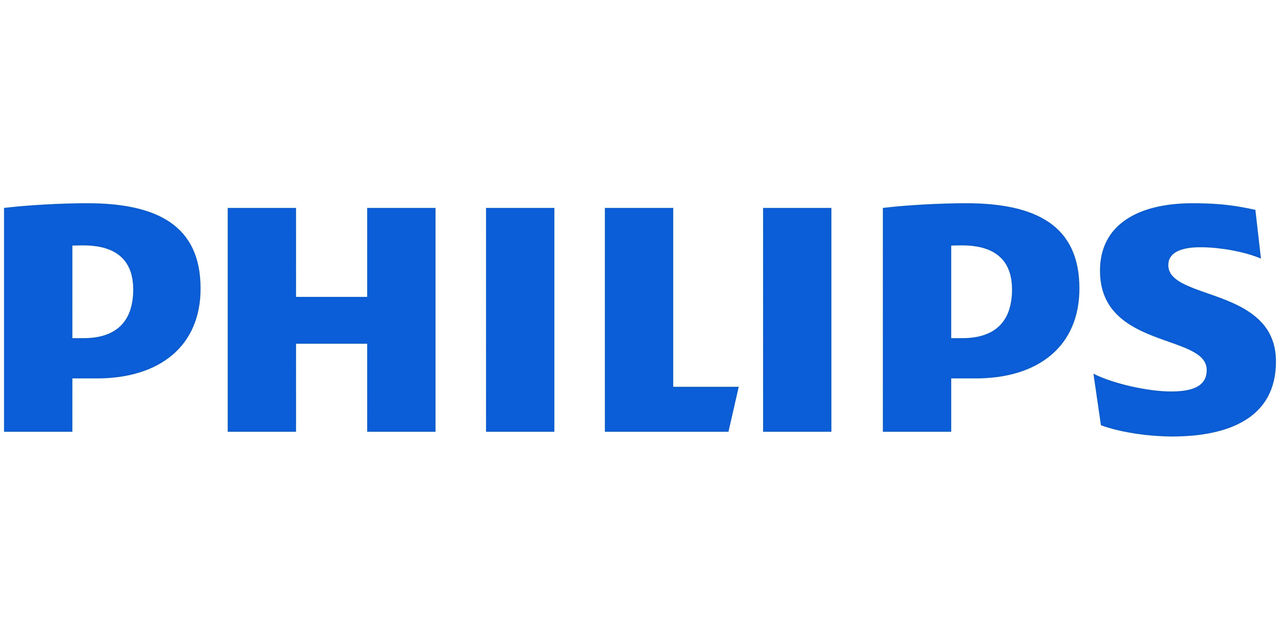Auto logout in seconds.
Continue LogoutThe idea of gaining economies of scale, what we sometimes call "systemness," isn't a new topic for health systems. As organizations have grown, there is increasing recognition that they need to leverage their new size and scale—and that technology can be a valuable tool in this process. But this journey isn't easy. Leaders have valid concerns that adding more technology solutions might fuel fragmentation. It's not always clear how different solutions will or will not connect. Also, leaders are cautious of adding more changes to clinician workflows as they are wary of increasing turnover and burnout.
Despite these concerns, we can't deny that technology remains a powerful tool to help health systems achieve desired economies of scale, especially as systems are increasingly challenged to demonstrate better outcomes from consolidation and plan for the future. Here are a few of the most significant ways health systems benefit from technology solutions:
1. Connect specialized expertise across a system
Technology such as intensive care unit telemedicine (tele-ICU)—sometimes called an electronic intensive care unit (eICU)—and smaller connected tech like portable ultrasounds enable off-site clinicians to interact with bedside staff to consult on patient care. This means specialized expertise can sit in one part of the system and reach patients in other parts. In the short term, especially during the public health emergency (PHE), this is hugely important for clinical and non-clinical support staff because it finds efficiencies through matching clinical expertise to a patient's condition. In the long term, these connections can help address ongoing workforce burnout and expertise challenges. By easily connecting clinicians in separate locations, we can help individual physicians feel less isolated in their decision-making.
2. Enable better service line rationalization decisions
Service closure or consolidation can support growth, quality, and financial outcomes by redirecting resources to where they are most valuable. But these are tough decisions. Technology can support decision-making on service rationalization by allowing health system leaders to analyze data and identify what services are suited for an in-person visit, what location is best, and what services are better suited for virtual care. Matching expertise across an organization also plays a role in service rationalization because it prevents unnecessary duplication of service lines. This sets organizations up well to keep patients in the lowest cost setting and appropriately use their facilities and staff.
3. Generate better decision making and accountability
Remote patient monitoring (especially wearables) and portable diagnostic equipment are particularly important types of technology for monitoring real-time patient data. With this data in hand, health systems can better detect signs of early patient deterioration, predict outcomes, and identify unwanted variation across various regions and facilities. Given that stakeholders can collect this data in real-time, we anticipate that they will be able to look at continuously updated dashboards to drive decision-making and demonstrate accountability against metrics.
4. Streamline training and updates
Many health systems are running on outdated operating systems, which requires several staff to run patches, solve problems, and make sure each piece of equipment has the most current updates. However, as health systems grow, there are significant opportunities to work with vendor partners to overhaul old systems and implement new technology to simplify training and updates. Health system leaders should discuss with vendor partners how the vendors can support training and reduce the burden on nurses and other staff.
How to realize these opportunities
So, how well are health systems currently using technology to create systemness and scale? Despite concerns around fragmentation and lack of clarity, health systems have introduced small to moderate pilots—mostly out of necessity due to the Covid-19 pandemic. But for organizations to scale these pilots and collect real-time data, connect expertise, rationalize service lines, and make better clinical decisions, there are a few actions and conversations that need to happen across the organization:
- Don't think about each solution as an island: As leaders implement the solutions above, think about how they should interact. Together, these technologies can streamline user experience, allow for better data collection, and unlock staffing and site of care efficiencies.
- Look for partners that support goals: Very few healthy systems will be able to achieve this work on their own. Whether evaluating vendors or talking to community partners, look for partnerships that can enable analysis and interoperability.
- Remove data silos: Data and outcomes metrics are often unable to reach the appropriate stakeholders across a health system. To achieve scale, organizations will need a cloud system as foundational infrastructure. This will facilitate collecting, organizing, and comparing data that may come from different platforms across the system.
Practice change management: The use of technology to realize scale may result in challenges and feelings of loss. People may have a tough time adjusting to the latest updates, new devices, and different workflows. They may face decision and emotional fatigue. Organizations should acknowledge this and support staff through these efforts, while not allowing these feelings to get in the way of trying new things.
Learn more
Check out the recommended reading page to view the latest sponsored content pieces and Advisory Board resources on key innovations in technology.
Philips is a leading health technology company focused on improving people’s health and enabling better outcomes across the health continuum from healthy living and prevention, to diagnosis, treatment and home care. Guided and inspired by the purpose to improve 2.5 billion lives per year by 2030, Philips leverages advanced technology and deep clinical and consumer insights to deliver integrated solutions. Headquartered in the Netherlands, the company is a leader in diagnostic imaging, image-guided therapy, patient monitoring and health informatics, as well as in consumer health and home care.
This blog post is sponsored by Philips, an Advisory Board member organization. Representatives of Philips helped select the topics and issues addressed. Advisory Board experts wrote the post, maintained final editorial approval, and conducted the underlying research independently and objectively. Advisory Board does not endorse any company, organization, product or brand mentioned herein.

This blog post is sponsored by Philips. Advisory Board experts wrote the post, conducting the underlying research independently and objectively.
Don't miss out on the latest Advisory Board insights
Create your free account to access 1 resource, including the latest research and webinars.
Want access without creating an account?
You have 1 free members-only resource remaining this month.
1 free members-only resources remaining
1 free members-only resources remaining
You've reached your limit of free insights
Become a member to access all of Advisory Board's resources, events, and experts
Never miss out on the latest innovative health care content tailored to you.
Benefits include:
You've reached your limit of free insights
Become a member to access all of Advisory Board's resources, events, and experts
Never miss out on the latest innovative health care content tailored to you.
Benefits include:
This content is available through your Curated Research partnership with Advisory Board. Click on ‘view this resource’ to read the full piece
Email ask@advisory.com to learn more
Click on ‘Become a Member’ to learn about the benefits of a Full-Access partnership with Advisory Board
Never miss out on the latest innovative health care content tailored to you.
Benefits Include:
This is for members only. Learn more.
Click on ‘Become a Member’ to learn about the benefits of a Full-Access partnership with Advisory Board
Never miss out on the latest innovative health care content tailored to you.

